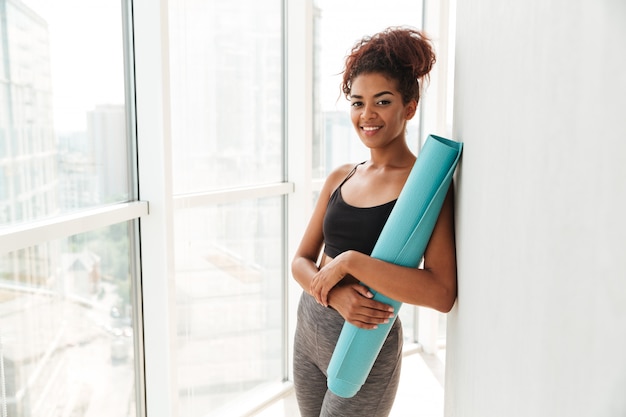
A yoga body isn’t just about flexibility, the ancient practice can improve memory, heart and bone health, says Anna Magee.
We’ve become obsessed with yoga in the UK, spending a whopping £790 million a year on classes and mats. Yoga is evolving with quirky trends like rage yoga, naked yoga, and even dog yoga, but its real benefits are increasingly backed by science.
Researchers at UCLA found that a three-month yoga and meditation course was more effective than memory exercises for reducing age-related brain issues. Another study showed it improved sleep in breast cancer survivors.
When Lucy Edge, a 53-year-old former ad executive, fell into deep depression, she turned to yoga instead of the anti-depressants she was prescribed. After a six-month break in India to learn yoga, she returned happier and more content. Lucy has written books about yoga and started Yoga Meds, a part of her website Yogaclicks.com, which lists over 300 clinical trials on yoga’s benefits for various conditions.
Here are some ways yoga could benefit your health and how to get started:
If crossword puzzles and Sudoku have been your go-to for memory training, it might be time to try the warrior pose. A study compared 12 weeks of memory exercises with a yoga and meditation course in people over 55. Those who did yoga showed better improvement in memory, reduced depression and anxiety, and increased resilience to stress.
You don’t need hours of headstands to benefit. The study participants did one hour of Kundalini yoga a week, which includes breathing techniques, meditation, and mantra chanting. They also did 20 minutes of Kirtan Kriya, a meditation involving chanting, hand movements, and light visualization.
For heart health, yoga might be as effective as conventional exercise like brisk walking. A review published in the European Journal of Preventative Cardiology showed that yoga helps lower the risk of heart disease. Stress, a major factor in heart disease, is lowered through yoga by reducing stress hormones that raise blood pressure and heart rate.
Charlotte Watts, a yoga teacher, and Anna Ashby recommend Restorative yoga for stress reduction. This involves supported postures held for up to 12 minutes to give your nervous system a break.
Sarah Shone, a physiotherapist and yoga teacher, incorporated yoga into the Primary Care Trust’s back pain rehabilitation program with great success—87% of participants reported less pain. Yoga is also recommended for lower back pain by the National Institute of Clinical Excellence (NICE) because it strengthens pelvic floor muscles and increases bone density.
For beginners, it’s important to tell your teacher about any health issues and start with gentle styles like Hatha or Iyengar. If you have specific conditions like back pain, talk to your doctor about subsidized yoga courses.
When choosing a yoga mat, consider where it will be kept, how portable it needs to be, and your height. A thicker mat is better for joint protection, especially if you suffer from knee or wrist pain.
Healthista recommends the eye-catching Elephant Cork Yoga mat from Valka Yoga, which is eco-friendly, durable, and comes with a carry strap. Cork is naturally antimicrobial and odour resistant, making it ideal for sweaty sessions.
Adding a yoga block, like the matching elephant design block from Valka Yoga, can help with difficult poses. Cork blocks, although heavier than foam, provide better stability and grip.
Whether you’re flexible or not, yoga can help. Try different classes like Yin, Restorative, Vinyasa Flow, Iyengar, Anusara, or Yoga Therapy depending on your needs and level.
Lucy Edge’s latest book “Down Dog Billionaire” is available on Amazon.

